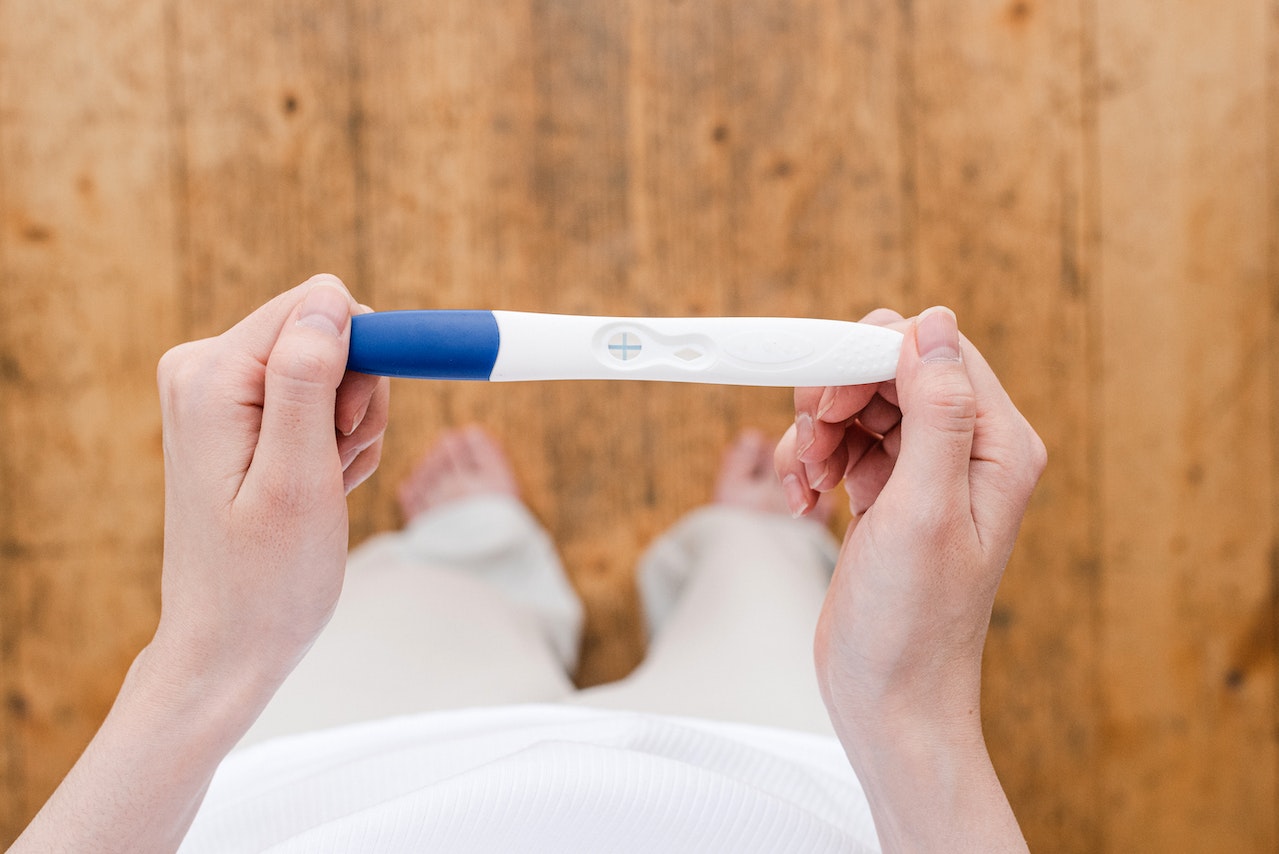Why Do I Have a Blank Pregnancy Test: How Do I Fix This?
Pregnancy tests have come a long way. Since ancient Egypt, women have used barley or wheat seed to see if they were expecting or not. By the Middle Ages, doctors have used nails, leaves, and even animals to test for pregnancy.
Medical practitioners have strayed away from using frogs and rats to test for gestation. Nowadays, you can find pregnancy tests in pharmacies. And while you still need to pee on a pregnancy test to see if you will have a baby, the process is now simpler and quicker.
However, pregnancy tests aren’t reliable 100% of the time. There are a couple of factors that affect the reliability of a pregnancy test. And sometimes, you just have no results at all.
Skip To The Following Sections
How Do Home Pregnancy Tests Work?
Pregnancy tests rely on urine. During ancient times, many doctors used mothers’ urine to test if they were pregnant or not. Although their methods were slow, inefficient, and even incorrect, there’s still a science behind their technique.
Moms produce a hormone called human chorionic gonadotropin (hCG) when they become pregnant. This hormone only exists in the body during gestation, and it exits the body through urine.
Moms can either have a pregnancy test at home or at a clinic. Both these tests need the urine of a mother.
However, a clinical pregnancy test reduces the chances of an incorrect reading since it eliminates potential errors. Meanwhile, a home pregnancy is less expensive and requires only a few minutes to show results. A clinical test will need around a week, whereas an HPT only needs around 10 minutes.
Mothers can also get a blood test to check for pregnancy. hCG is also present in the blood, and you can get a qualitative or a quantitative hCG blood test.
What Does a Blank Pregnancy Test Mean?
Many mothers might opt for a home pregnancy test because it’s cheaper and easily accessible. Most manufacturers say their HTP is 99% accurate, similar to one from a clinic.
However, at-home pregnancy tests can produce inaccurate results. A clinic has a more controlled environment that removes most errors. A home pregnancy test can show false negatives if your device is expired, your pee is too diluted, or you missed something from the instruction.
A line or plus should appear if you’re pregnant. If a line or plus appears, chances are you have hCG in your urine and are pregnant. A control line should also be visible to confirm if you did the test correctly. If your pregnancy test comes out blank, then something might have gone wrong during the process.
There are some reasons why your pregnancy test came back blank. First, you might have a faulty test kit. There might have been an issue during the production, packaging, or shipping.
Next, your pregnancy test kit might be expired. A pregnancy test can last between 1 to 3 years. The more sensitive your HPT is, the longer it can stay in your bathroom cabinet.
Finally, you might simply have made a mistake during the test. As mentioned above, a home pregnancy test is not in an environment where you have control of every minute detail. That’s why many doctors suggest you take a pregnancy twice to make sure your results are correct. You might also want to use two different brands to get a more accurate result.
How Do I Avoid a Blank Pregnancy Test?
A blank pregnancy test can cause needless anxiety. However, you can reduce the chances of having a false reading in the future.
Timing plays a role in your pregnancy test. Taking it too early without knowing knowing whether your period is coming or not can result in blank or wrong results. Doing a test without an adequate amount of hCG in your urine might give you a negative outcome.
Peeing early in the morning will also yield better results. Early morning urine is concentrated and will contain more hCG. Only open your pregnancy test kit once you’re about to pee to avoid contaminating and interfering with the results.
You should also check the test based on what the manufacturers instructed. Checking too early or too late might give you the wrong information. A pregnancy test line doesn’t stay visible for long, so check at the right time.
You should also check on the pregnancy test kit before peeing on it. Is the device expired? Or did it come in a not-so-great condition? Either way, it’s best to have a backup pregnancy test kit in case your first one comes out faulty.
Finally, if (for some reason) all of your tests come out blank, you can go to your clinic for a pregnancy test. While HPT brands say their products are 99% accurate, nothing beats the efficiency of a laboratory. And while results might come in a few days, at least a medical practitioner can determine if you’re pregnant or have just missed your menstruation for other reasons.
How Long Should You Wait Before Testing Again?
After receiving a negative result on a pregnancy test, you can test again after a few days to a week if your period hasn’t started. It’s important to wait until your menstrual cycle is a few days late or until you have a reason to suspect pregnancy, as testing too early might not detect the pregnancy hormone hCG (human chorionic gonadotropin) in your urine. Waiting a few days allows hCG levels to rise sufficiently for accurate detection.
FAQ:
Do I need to see my doctor so I can confirm my pregnancy test?
Visit your doctor if you feel unsure about your results. A clinical test is more reliable than an HTP.
Can medicine affect the results of my pregnancy test?
Medicines like antihistamines have been known to interfere with a pregnancy tests.
Can I still use an expired pregnancy test?
While an expired pregnancy test won’t hurt you in any way, it won’t give the most accurate results compared to a brand-new kit.
Conclusion
Home pregnancy tests are a convenient way to tell if you’re expecting a baby or not. However, unlike a clinical test, an HPT can come out wrong. Sometimes, you might not even see a result on your device.
A faulty device or a miscalculation during testing can cause no lines to appear on your pregnancy test. However, a blank pregnancy test doesn’t mean you’re either pregnant or not. When you get a faulty result, the best action is to try again with a new kit.
Many mothers are eager to know whether or not they will conceive a baby soon. But while brands will try to convince you to use their products for their reliability, remember that not all pregnancy test kits are created equally.










